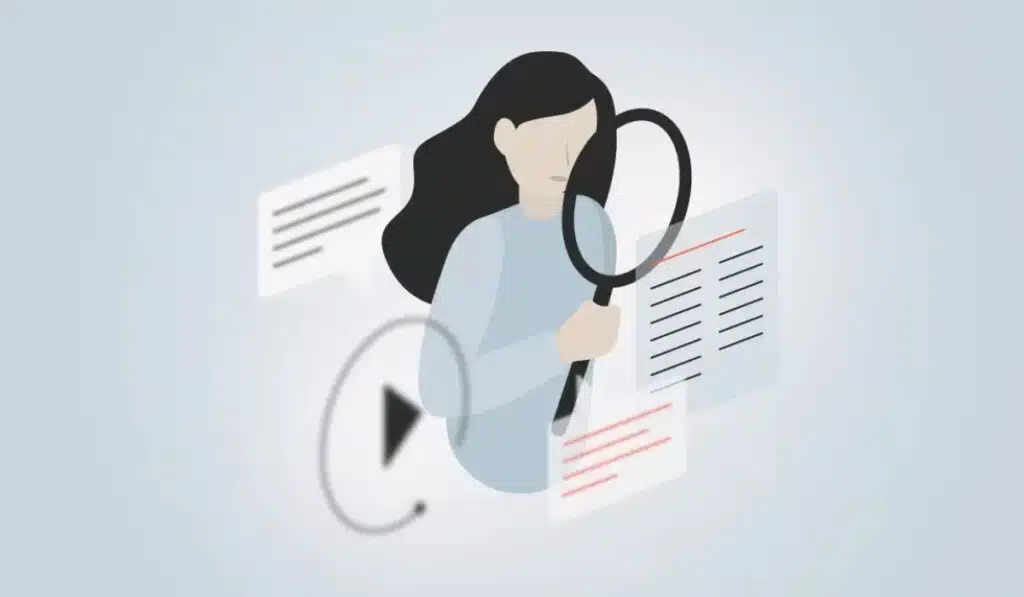Adverse media screening is a vital practice within the financial industry, particularly for ensuring compliance with anti-money laundering (AML) regulations. This article delves into what adverse media screening entails, why it’s indispensable for AML efforts, and offers best practices to seamlessly integrate it into your institution’s compliance strategy.
What Constitutes Adverse Media?
Adverse media also termed negative news, encompasses publicly available information indicating illicit or unethical activities associated with individuals or companies. This could range from news reports to social media posts, all signaling potential risks.
To execute adverse media screening, financial institutions typically follow these steps:
1. Data Collection: Gathering relevant information about the subject, including names and addresses.
2. Adverse Media Check: Scanning various media sources for negative information related to the subject.
3. Risk Assessment: Evaluating the severity of identified risks based on factors like veracity and potential impact.
4. Alerts and Action: Generating alerts for severe risks and taking appropriate actions, such as increased monitoring or reporting.
Adverse media screening can be conducted manually or automated with specialized software, aiming to identify and mitigate risks efficiently.
Why Should Financial Institutions Screen for Adverse Media?
Adverse media screening is pivotal for several aspects of risk management and compliance:
1. Customer Due Diligence (CDD) and Enhanced Due Diligence (EDD): It forms an integral part of verifying customer identities and understanding their relationships, aligning with regulatory obligations.
2. Reputational Risk Management: Identifying associations with negative news helps protect institutions from reputational damage and client attrition.
Best Practices for Adverse Media Screening
To enhance the effectiveness of adverse media screening, institutions should:
1. Check a Wide Range of Sources: Incorporate traditional news media, social media, and specialized financial crime publications.
2. Maintain Comprehensive Records: Document all adverse media alerts and actions taken for audit trail purposes.
3. Screen Ultimate Beneficial Owners (UBOs) and Politically Exposed Persons (PEPs): Include checks on high-risk individuals.
4. Combine with Watchlist and Sanctions Screening: Supplement existing screening procedures for comprehensive risk coverage.
5. Blend Automatic Screening with Manual Reviews: Leverage automation for efficiency but supplement with manual review for accuracy.
6. Conduct Ongoing Screening: Continuously monitor existing customers to adapt to evolving risks.
The Inefficiencies of Manual Screening
Manual adverse media screening is impractical in today’s digital landscape due to the sheer volume of information across various mediums. Attempting to manually monitor all sources would be labor-intensive and ultimately ineffective.
In summary, adverse media screening is indispensable for modern AML compliance, safeguarding institutions from financial crime risks and reputational damage. By embracing best practices and leveraging automated tools, financial institutions can enhance their screening processes and ensure robust risk management. To learn more about our adverse media screening solution, or our AML compliance platform as a whole, contact us today.







